How to Bee
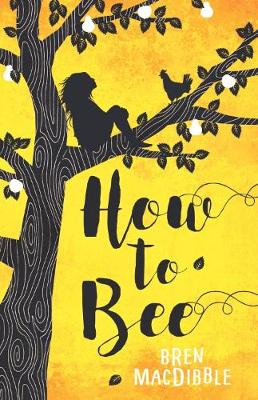
By Author / Illustrator
Bren MacDibble
Genre
Environment & Nature
Age range(s)
11+
Publisher
Old Barn Books
ISBN
9781910646441
Format
Paperback / softback
Published
03-05-2018
Synopsis
Set in a future Australia in a time when there are no bees and children are employed to scramble through the fruit trees with feather wands, much like the pear farmers of Hanyuan in China are forced to do today. Peony wants to be a bee, a hand pollinator: she's light, she's fast, and even though she's a year too young, she's going to be the best bee the farm has ever seen...except when you're only nine, it's hard to get everyone around you to go along with your plan. A beautiful and fierce novel for middle grade readers, 'How to Bee' explores an all-too-possible dystopian social landscape with an intensely compelling and original voice.
Reviews
Aidan
Children's publishing seems to be experiencing a time of growth; the shelves of book shops are bursting with newly-published books for kids - so much so that it can be hard to choose which books to read. Some seem to garner much attention whilst others arrive quietly, waiting to be picked up and discovered.
How To Bee is new to the UK market but has already been doing very well in its native Australia. And it would be a real shame if it did not take off here too. Set in a future Australia where honey bees are all but extinct, this is a book about family, friendship, courage and survival and features an extremely strong, but not invincible, female lead character.
Despite being pegged as a dystopian novel, the story portrays a world not dissimilar to the one we live in now. And this is what makes this book so disturbingly successful. Although the story is a chain of largely dismal events, the reader is sucked into Peony's life - Bren MacDibble makes it impossible for the reader not to be rooting for her as she pursues her dream of becoming a bee - a hand pollinator. But How To Be is not without its moments of light and hope - it would be a hard read if it wasn't. However, with an ending that is weighted more towards the bitter end of the bittersweet scale, it is an important read for those who only ever experience happily-ever-after endings.
Peony's abduction by her mother and her cruel partner sees her removed from the countryside and placed into a rich household in the city. There Peony is witness to a way of life far removed from her simple, often harsh, but enjoyable life of sleeping in a shed and working amongst the fruit trees. The author cleverly contrasts these two lifestyles in such a way that merit can be seen in both - in the home of the Pasquales, Peony experiences a loving marital relationship - a far cry from the relationships her mother has been in; but she also sees how the poor are exploited in order to provide a lavish lifestyle for the rich - there are several other such contrasts. As with any good dystopian fiction, current affairs are explored and commented on in the context of a fabricated domain.
Although sold as a children's book, with an age recommendation of 9-12, the subject of domestic abuse - both physical and emotional, towards adults and children - makes this a tough read in places, particularly for the aforementioned age bracket. I would suggest that this book is better suited to teenage readers for this reason.
There is no reason why this challenging read shouldn't be celebrated - it is well-written, introduces children to other ways of life (and a new dialect) and despite being brutal in places is told with a very gentle touch. With its well-formed and believable characters - some loveable, some hateable - How To Bee is a book really to get into. I found it hard to put down, such was the grip it had on me.
208 pages / Ages 12+ / Reviewed by Aidan Severs, teacher.
Suggested Reading Age 11+
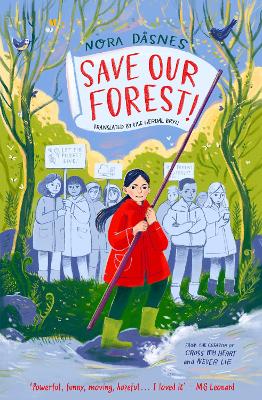 Save Our Forest!
Save Our Forest!
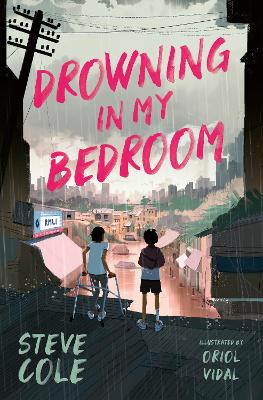 Drowning in My Bedroom
Drowning in My Bedroom
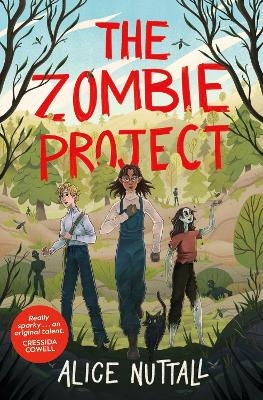 The Zombie Project
The Zombie Project
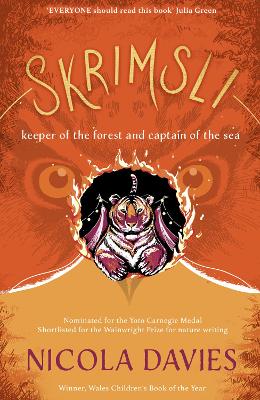 Skrimsli
Skrimsli
